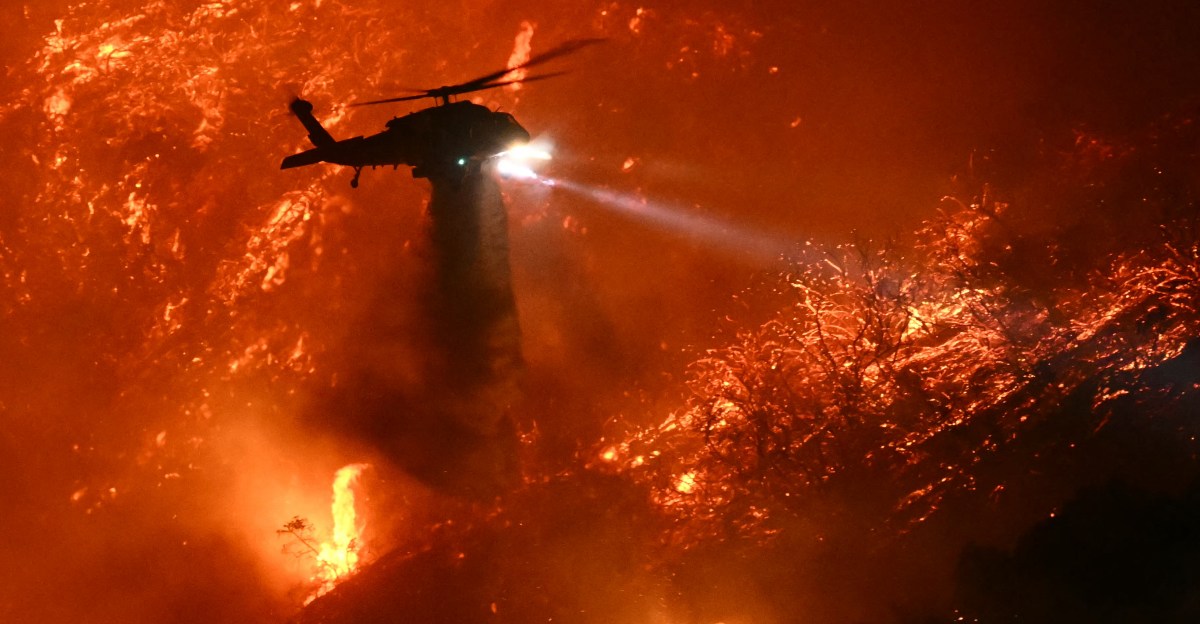Rethinking “Acts of God”: The Changing Landscape of Natural Disasters
As climate change intensifies, the notion of “acts of God” is being challenged. Traditionally, this term has been used to describe natural disasters that occur without human influence or foresight. However, the rise of modern science and increasingly sophisticated climate modeling are reshaping our understanding of these phenomena and the accountability associated with them. This article delves into how our perspectives on natural disasters are evolving, the implications for policy and responsibility, and the importance of proactive measures in an era of climate change.
The Historical Context of “Acts of God”
The phrase “acts of God” has deep roots in legal and insurance contexts, often serving as a catch-all for natural disasters like hurricanes, earthquakes, and floods. These events were typically deemed beyond human control, absolving individuals or organizations of liability. However, with advancements in science, we are beginning to understand that many of these disasters are not merely random occurrences; they are increasingly linked to human activity and climate change.
Natural Disasters: A Deeper Understanding
Natural disasters, once viewed as unpredictable and uncontrollable, are now understood through the lens of environmental science. Researchers have established that factors such as deforestation, urbanization, and greenhouse gas emissions contribute significantly to the frequency and severity of disasters. For example:
- Hurricanes: Climate change is fueling more intense hurricanes due to warmer ocean temperatures, leading to increased rainfall and storm surges.
- Wildfires: Rising temperatures and prolonged drought conditions, exacerbated by climate change, create ideal conditions for wildfires to ignite and spread.
- Floods: Urban development often increases runoff and diminishes natural absorption, making areas more susceptible to flooding during heavy rains.
The recognition of these contributing factors compels us to reevaluate the classification of natural disasters and the narratives surrounding them.
Shifting Accountability: Who is Responsible?
As our understanding of natural disasters evolves, so does the question of accountability. When disasters are framed as “acts of God,” it often leads to a lack of responsibility for the conditions that exacerbate them. However, as science reveals the links between human actions and these events, the paradigm is shifting:
Legal and Insurance Implications
In the legal realm, the term “acts of God” is increasingly scrutinized. Courts are beginning to question whether it is appropriate to absolve individuals, corporations, or governments from liability when disasters can be traced back to human negligence or failure to act on available scientific evidence. This change has implications for:
- Insurance Policies: Insurers are reevaluating the definitions of natural disasters in their policies, potentially leading to changes in coverage and premiums.
- Litigation: Victims of disasters may pursue legal action against entities that contributed to the conditions leading to the disaster, such as municipalities that failed to maintain infrastructure.
These shifts underscore the need for a more nuanced understanding of responsibility in the face of natural disasters.
Proactive Measures: Preparing for the Future
With the changing landscape of natural disasters, there is an urgent need for proactive measures at local, national, and global levels. Here are some strategies that can help mitigate the impacts of climate change and reduce the frequency of disasters:
1. Investment in Resilient Infrastructure
Building resilient infrastructure is essential in minimizing damage during natural disasters. This includes:
- Developing flood defenses and drainage systems in vulnerable areas.
- Implementing strict building codes that consider climate risks.
- Upgrading public transportation and utilities to withstand extreme weather events.
2. Promoting Sustainable Practices
Adopting sustainable practices in agriculture, urban planning, and industry can significantly mitigate the human impact on the environment. This includes:
- Encouraging reforestation and afforestation to absorb carbon emissions.
- Implementing green building practices that reduce energy consumption.
- Investing in renewable energy sources to decrease reliance on fossil fuels.
3. Enhancing Emergency Preparedness
Communities must enhance their emergency preparedness plans to respond effectively to natural disasters. This involves:
- Conducting regular drills and training for emergency responders.
- Creating clear communication channels to disseminate information during a crisis.
- Developing community resilience programs that educate residents on disaster preparedness.
Conclusion: A New Perspective on Natural Disasters
As we confront the reality of climate change and its impact on natural disasters, it is crucial to rethink the notion of “acts of God.” By understanding the interplay between human actions and these events, we can foster a sense of responsibility and accountability that may have been lacking in the past. The focus should shift from passivity in the face of disasters to proactive engagement in prevention and preparedness.
In doing so, we not only enhance our resilience to future disasters but also contribute to a more sustainable and equitable world. The journey towards this new understanding is not just a necessary response to the challenges posed by climate change; it is an opportunity to reshape our relationship with the environment and each other. Together, we can forge a path that recognizes the complexities of natural disasters and drives us towards a safer, more responsible future.
See more Your Daily Weather



